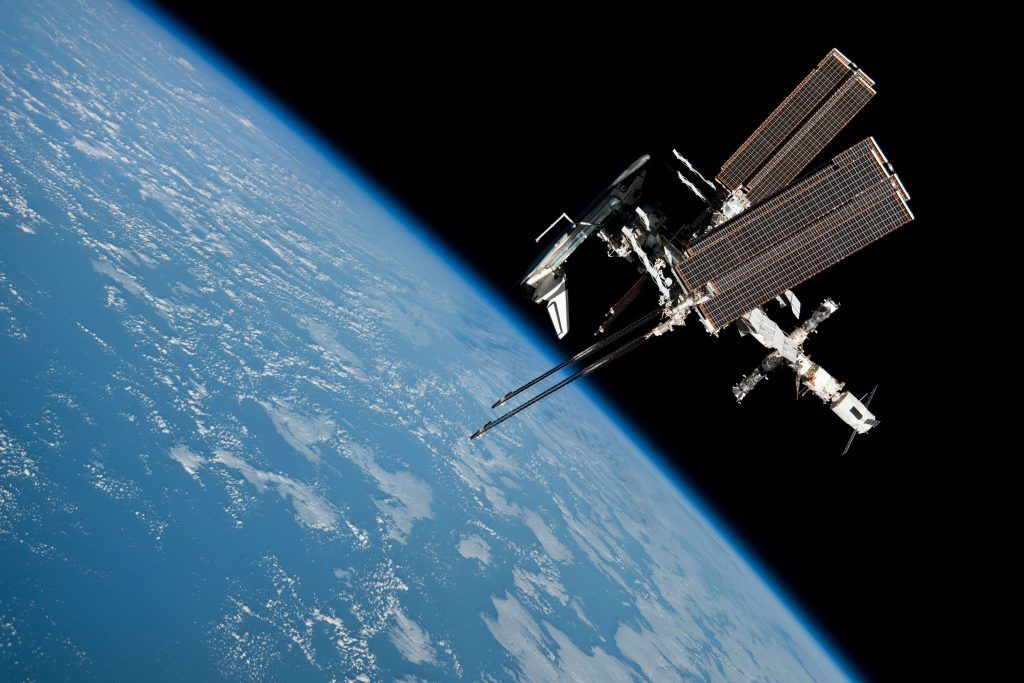There are more than 500 environmental laboratories operating in the world, according to estimates made in December 2022 by Mirion Technologies.
To begin with, the laboratory and research market includes different types of facilities, such as environmental radiochemistry laboratories, research laboratories, research reactors and education laboratories.
Environmental laboratories
All of these facilities analyze nuclear samples or supervise experiments to identify the chemical composition of the material involved or understand the basic structure of matter.
Environmental radiochemistry laboratories, or counting laboratories, monitor the environment by analyzing samples, measuring their radiation, and identifying the source and nature of contamination, if any.
Also, laboratories may be governmental (e.g., health or environmental institutions, safety authorities) or private (e.g., facility or process bioassay laboratories).
On the other hand, research centers include national laboratories and research institutions conducting research in the areas of space, subway studies, physics around synchrotrons and accelerators.
Radiation measurement systems are used in elemental discovery research, to study the formation of matter after the big bang or in the world’s deepest subway laboratories for dark matter experiments.
They are also used in space, mounted on satellites or robots, landing on planets (Mars Rover) or orbiting the Earth (STEREO), Saturn (Cassini), Venus and Mercury (Messenger), Pluto (New Horizons), Mars (MSL-Rad), Jupiter (JUNO) and the Earth’s moon (Artemis).
Company profile
Mirion provides products, services and software that enable its customers to safely harness the power of ionizing radiation for the good of humanity.
Its solutions have critical applications in the medical, nuclear energy and defense markets, as well as in laboratories and scientific research, analysis and space exploration.
Many of its markets are characterized by the need to meet stringent regulatory standards, design qualifications and operational requirements.
Through its facilities in 12 countries, the company supplies its solutions in the Americas, Europe, Africa, the Middle East and Asia-Pacific.
In a further area, research reactors are used for research and training, materials testing, medicine (such as radioisotope production) and industrial functions.
As of June 2021, there were 223 nuclear research reactors in operation in 53 countries, with 11 more under construction and 16 planned.

